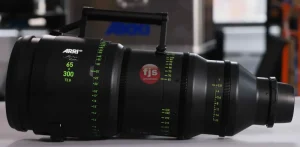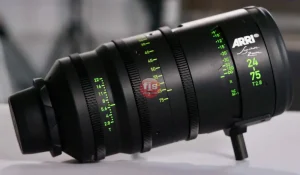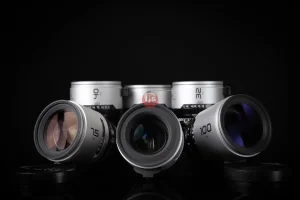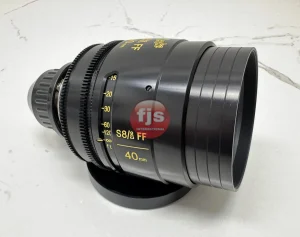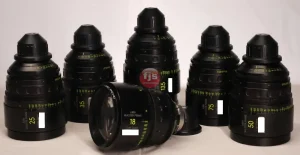Introduction:
Cooke lenses are well-known in the film and photography industry for their exceptional lens quality and optical performance. These lenses have gained a reputation for delivering sharp images with rich colors and a pleasing aesthetic. In this post, we will explore the optical performance of Cooke lenses in different shooting conditions, highlighting the versatility and reliability of these lenses.
I. How do Cooke lenses perform in low light conditions? (1.1, 1.2, 1.3…)
Cooke lenses excel in low light conditions due to their wide maximum aperture and superior light-gathering capabilities.
1.1. Can Cooke lenses capture sharp images in low light?
Yes, Cooke lenses have a reputation for maintaining excellent sharpness even in challenging lighting situations. The wide maximum aperture of Cooke lenses allows for more light to enter the lens, resulting in brighter and clearer images.
1.2. How do Cooke lenses handle noise in low light conditions?
Cooke lenses are designed to minimize noise and produce clean images, even in low light. The quality of the lens elements and coatings play a significant role in reducing any potential noise or aberrations.
1.3. Do Cooke lenses maintain accurate colors in low light?
Yes, Cooke lenses are known for their accurate color reproduction, even in low light conditions. The lens coatings and optical design ensure that colors are rendered faithfully, maintaining the intended visual impact of the scene.
II. How do Cooke lenses perform in bright and high contrast situations? (2.1, 2.2, 2.3…)
Cooke lenses are known for their ability to handle challenging contrast situations, maintaining details in both highlights and shadows.
2.1. Can Cooke lenses handle high contrast scenes?
Yes, Cooke lenses have excellent contrast handling capabilities. The lens design and coatings help reduce flaring and ghosting, preserving details in both bright and dark areas of an image.
2.2. How do Cooke lenses deal with lens flares?
Cooke lenses are designed to minimize lens flares by utilizing advanced lens coatings and optical designs. The coatings help reduce unwanted reflections, resulting in images with minimal flaring and maximum image clarity.
2.3. Do Cooke lenses maintain sharpness in high contrast scenes?
Yes, Cooke lenses are known for their ability to maintain sharpness even in high contrast situations. The lens elements and coatings work together to minimize any loss of detail, resulting in images with excellent sharpness across the frame.
III. How do Cooke lenses perform in outdoor and extreme weather conditions? (3.1, 3.2, 3.3…)
Cooke lenses are built to withstand various weather conditions, making them suitable for outdoor shooting in different environments.
3.1. Are Cooke lenses weather-sealed?
Yes, Cooke lenses are often weather-sealed, ensuring their durability and performance in challenging outdoor conditions. These lenses are designed to resist dust, moisture, and other environmental factors that could potentially affect their optical performance.
3.2. Can Cooke lenses handle temperature variations?
Cooke lenses are engineered to handle temperature variations effectively. The lens materials and construction are designed to minimize any impact that extreme temperatures may have on the lens elements, ensuring consistent optical performance.
3.3. How do Cooke lenses perform in humid environments?
Cooke lenses are well-suited for humid environments due to their weather-sealed construction. The lens coatings and materials help prevent moisture from affecting the lens, maintaining image quality and preventing any potential damage.
Conclusion:
Cooke lenses exhibit exceptional optical performance in different shooting conditions. Whether it’s low light situations, high contrast scenes, or challenging outdoor environments, Cooke lenses consistently deliver sharp images with accurate colors. Their ability to handle various shooting conditions makes them a reliable choice for photographers and filmmakers alike. With their renowned lens quality and optical performance, Cooke lenses continue to be a top choice in the industry.


